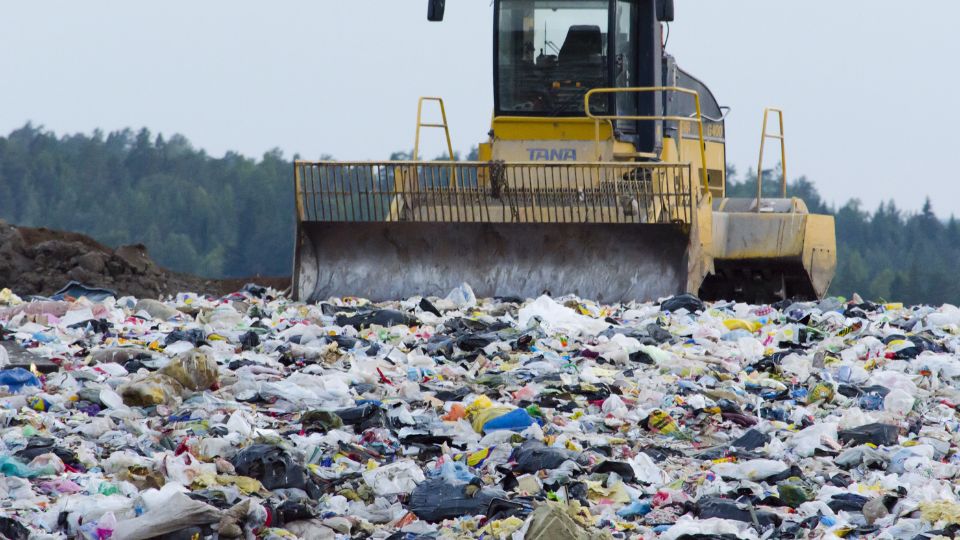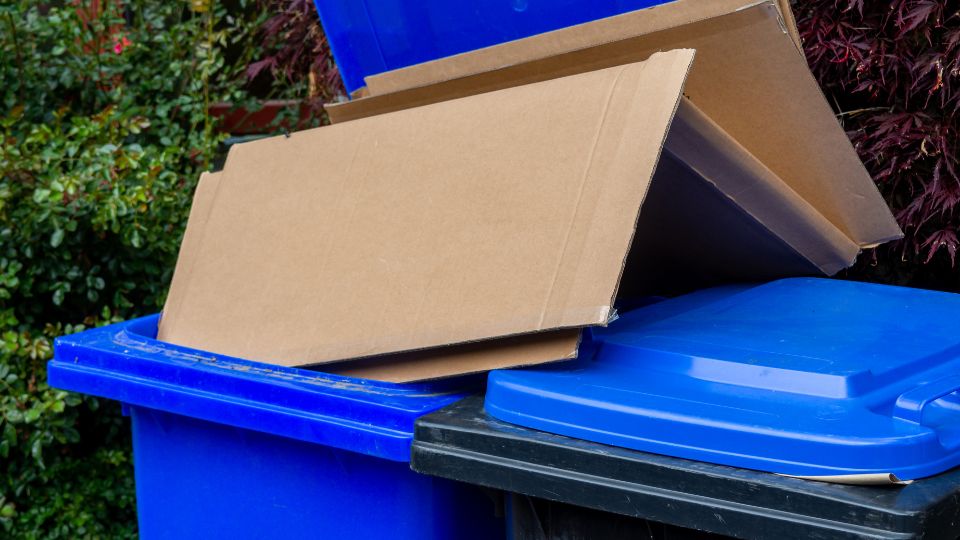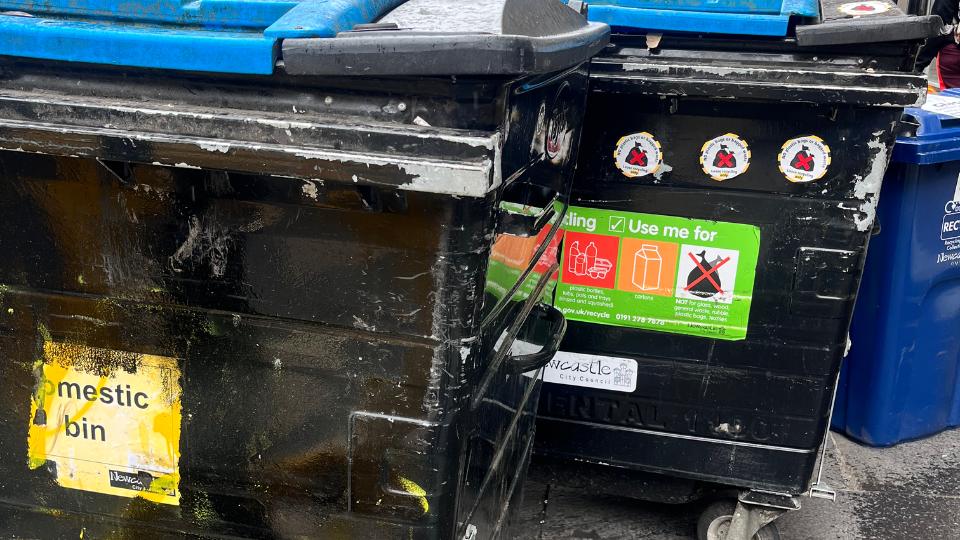
Landfill tax is an environmental levy imposed on waste disposal in landfills, designed to incentivise waste reduction, recycling, and sustainable waste management practices.
Read on for information on the intricacies of landfill tax, exploring its purpose, impact, and key FAQs surrounding this important environmental policy.
What is the purpose of landfill tax?
The primary objective of landfill tax is to discourage the disposal of waste in landfills and encourage waste reduction, reuse, recycling, and recovery.
By imposing a financial burden on landfilling, the tax aims to shift behaviours and practices toward more sustainable waste management.
It promotes the principle of the waste hierarchy, where landfilling is the least favourable option, and encourages individuals, businesses, and local authorities to explore alternative waste management strategies that have less impact on the environment.
Similar measures have been very successful in other countries such as Belgium, the Netherlands, Denmark, Sweden, Germany, Austria and Finland where landfills are now almost non-existent.
At present, there are roughly 500 active landfill sites in the United Kingdom according to government records open to the public.
Even though landfills are suboptimal at the best of times, their impact can have further-reaching effects when not properly managed. There have been cases where landfill sites have been fined due to improper storage or processing of waste and in some cases have even been forced to close.
How does landfill tax work?
Landfill tax is typically charged based on the weight or volume of commercial waste deposited in landfills. The tax rates vary depending on the type of waste, with higher rates often applied to hazardous or lower-quality waste.
It is usually collected by the government or relevant regulatory bodies and contributes to funding environmental initiatives and waste management schemes.
The tax is paid by the operators or owners of landfill sites, who often pass on the costs to waste producers, such as businesses or local authorities. In some cases, the costs may be further passed on to consumers.
Who is responsible for paying landfill tax?
The tax burden is put on the waste producers, such as businesses or local authorities. This encourages these waste producers to consider more sustainable waste management options and reduce their reliance on landfilling.
Check here for government guidance on rates and registration.
Are there any exemptions or reliefs available?
Certain types of waste may be exempt from Landfill Tax, such as naturally occurring materials, inert waste, and certain agricultural waste.
Exemptions and reliefs vary by jurisdiction and depend on specific criteria and regulations. Some reliefs may be available for situations such as charitable organisations, medical waste, or waste from certain types of mining activities.
These exemptions and reliefs are designed to avoid imposing undue financial burdens on certain sectors or waste types while still encouraging overall waste reduction and sustainable management.
How does landfill tax impact waste management practices?
Landfill Tax acts as an economic incentive for waste producers to explore alternative waste management options, including recycling, composting, and energy recovery.
By making landfilling more expensive, the tax encourages businesses and individuals to invest in waste reduction strategies and infrastructure. It promotes the development of waste management facilities, such as recycling plants, composting facilities, and energy-from-waste facilities.
This leads to a more sustainable and circular economy, where resources are conserved, waste is minimised, and valuable materials are recovered.
What are the environmental benefits?
Landfill tax delivers a range of environmental benefits.
Firstly, it reduces the amount of waste sent to landfills, minimising the associated environmental risks, such as groundwater pollution, greenhouse gas emissions, and habitat destruction.
By discouraging landfilling, the tax encourages waste producers to adopt more sustainable waste management practices that prioritise recycling, composting, and resource recovery.
The government are also offering tax relief to those who purchase land that needs restoring.
Additionally, it promotes resource conservation by discouraging the disposal of valuable materials and encouraging their reuse and recycling, thereby reducing the demand for raw materials.
How effective is landfill tax in reducing landfilling?
It has proven to be an effective policy tool in many countries, leading to significant reductions in landfilling.
By imposing a financial burden on landfilling, the tax has incentivised waste producers to seek alternative waste management options. For example, in the United Kingdom, the revenue generated by local councils from the taxation of landfills has contributed to a substantial decrease in the amount of waste sent to landfills.
It has been instrumental in increasing recycling rates and driving the development of waste management infrastructure across the country. The success of Landfill Tax in reducing landfilling is also evident in other countries that have implemented similar policies.
What are the economic implications?
Landfill tax generates revenue for governments, which can be reinvested in environmental projects, waste management infrastructure, and initiatives promoting sustainable practices.
The tax creates economic opportunities in the waste management sector by encouraging the growth of recycling and resource recovery industries. It fosters job creation and supports the development of innovative technologies and practices.
Additionally, Landfill Tax incentivises businesses to explore waste reduction strategies, leading to cost savings through improved resource management and increased operational efficiency.
Statistics (Recent figures on landfill tax):
- According to a report by the European Environment Agency, the average landfill tax rate in Europe in 2020 was €33 per tonne of municipal waste.
- The United Kingdom’s landfill rate for the standard rate of waste increased from £94.15 per tonne in 2020 to £96.70 per tonne in 2021.
- In 2019, the landfill rate in Germany was €36 per tonne for non-hazardous waste and €151 per tonne for hazardous waste.
- Ireland has seen a steady increase in rates over the years, with the standard rate rising from €20 per tonne in 2008 to €80 per tonne in 2022.
- Australia introduced a national landfill levy in 1999, with rates varying across states and territories. For example, the levy in New South Wales was AUD 148.80 per tonne in 2020-2021.
- In the Netherlands, the rate increased from €31.39 per tonne in 2020 to €32.12 per tonne in 2021.
- Sweden has one of the highest rates globally, with a rate of SEK 1,290 per tonne in 2020 for unsorted combustible waste.
- Canada has implemented taxes at the provincial level. For instance, in Ontario, the tax rate for industrial waste was CAD 64 per tonne in 2021.
Landfill site taxation plays a crucial role in promoting sustainable waste management practices and reducing the environmental impact of landfills.
By creating economic incentives and funding environmental initiatives, it encourages waste producers and communities to adopt more sustainable approaches, such as recycling, composting, and resource recovery.
As landfill tax rates continue to evolve, it is expected that the drive toward a circular economy will gain further momentum, benefiting both the environment and society as a whole.








